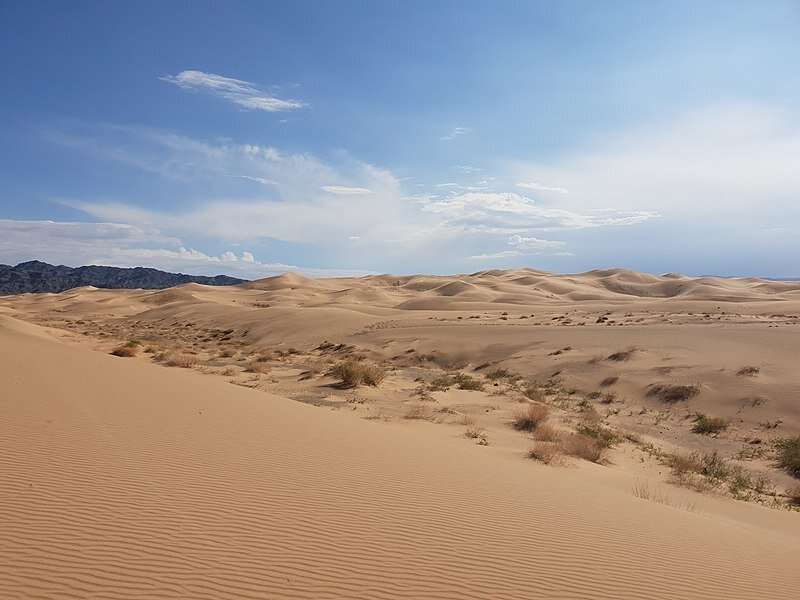This article has been reviewed according to Science X's editorial process and policies. Editors have highlighted the following attributes while ensuring the content's credibility:
fact-checked
peer-reviewed publication
trusted source
proofread
Researchers explore formation mechanism and control of wind-blown sand hazards along high-speed railway in China

The Lanzhou-Xinjiang High-speed Railway (LXHSR) runs through four strong windy areas where land surfaces are all affected by the Gobi Desert. The threat from wind-blown sand/gravel by extremely strong winds in these areas endangers the safe operation of the railway.
A research team from the Northwest Institute of Eco-Environment and Resources of the Chinese Academy of Sciences (CAS) conducted continuous field observation and experimental research on the wind-blown sand processes and sand prevention technology in the Gobi areas under extremely strong winds along the LXHSR.
The study was published in Science China Earth Sciences on Dec. 14, 2022.
According to the researchers, cold northern airflows over the Tianshan mountain range were accelerated by the "narrow pipe effect" and "downslope effect" as they passed over complex terrain comprising passes, gullies, and proluvial fans. Consequently, the wind intensity often increased two- to three-fold.
In the Gobi areas with extremely strong winds, sand grains could be lifted as high as 9 m from the ground, and the sand transport rate decreased exponentially with increasing height. The saltation height of sand particles could reach 2–3 m, which was determined by both wind speed and particle size.
In addition, the researchers screened and developed sand control materials suitable for the Gobi areas with extremely strong winds. They established a comprehensive sand control system, featuring sand-blocking fence comprised of multiple rows, and high, vertical checkerboard sand-fixing barriers. The installed system reduced sand transport rate by 87.87%, decreasing sand deposition along the LXHSR.
More information: Jianjun Qu et al, Mechanisms of the formation of wind-blown sand hazards and the sand control measures in Gobi areas under extremely strong winds along the Lanzhou-Xinjiang high-speed railway, Science China Earth Sciences (2022). DOI: 10.1007/s11430-021-1000-6
Journal information: Science China Earth Sciences
Provided by Chinese Academy of Sciences




















